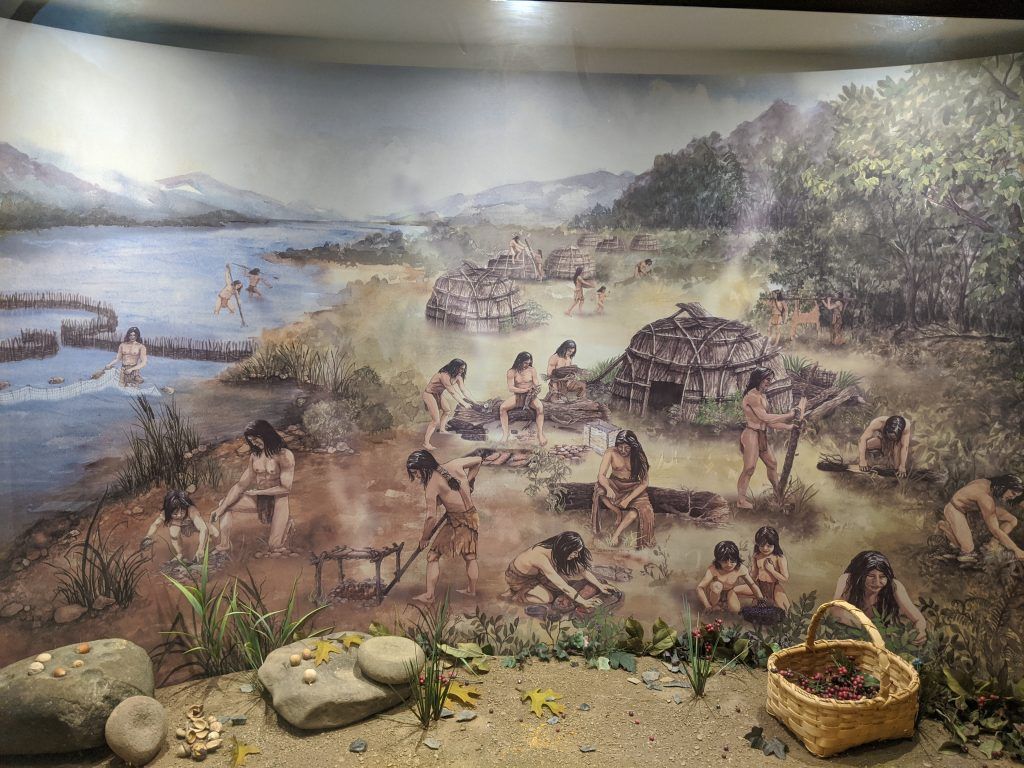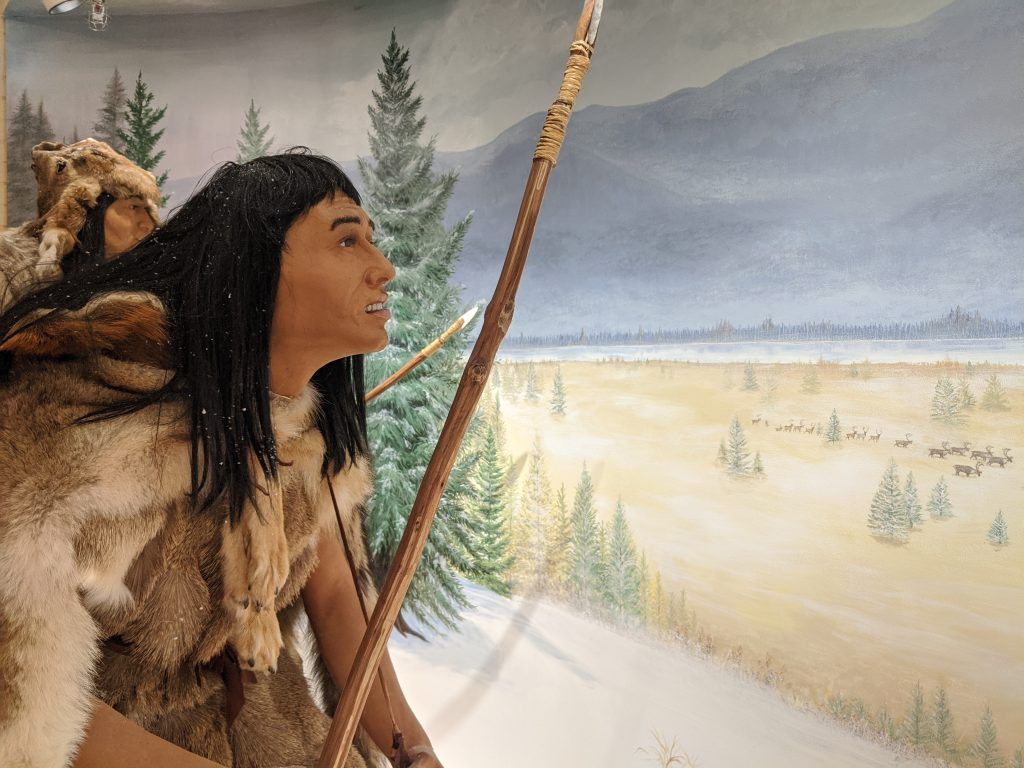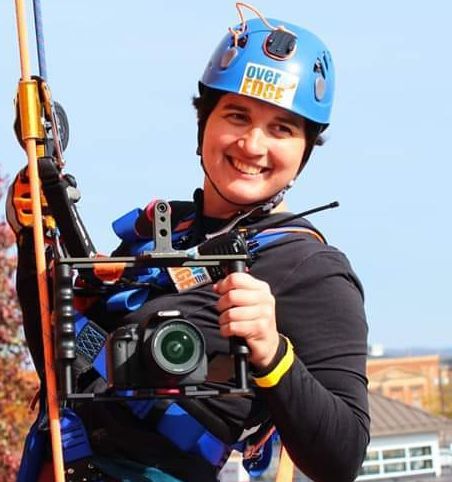
Throughout history, rivers often are shown as barriers that need to be forded, but for the Native Americans they were highways that brought trade, new tribes and even enemies.
Lycoming County has a rich Native American history. Settlements along the Susquehanna River were common since the first American Indians arrived in the Northcentral, Pennsylvania, region over 11,000 years ago, according to research from the Lycoming County Historical Society.
“It’s probably one of the saddest stories you’ll ever read about,” said Thomas “Tank” Baird, an avocational archaeologist and historian in Northcentral, Pennsylvania. “It has to be discussed, it has to be learned about, for people to ask intelligent questions.”
The story of Native American culture in Northcentral, Pa., is documentented by historians like Baird and the county historical society. Through the excavation of artifacts, thousands of years of American Indian history has been uncovered, many of it on display at the Thomas T. Taber Museum in Williamsport.
Early trade and development
Well before European settlers came to the region, native tribes had formed trade routes, technological advancements, and there are even reports of logging along the river.
Most recently, Baird is investigating an Adena effigy pipe found near Loganton.

The Adena are well documented as early long-distance Native American traders, Baird said, and their journey would not have been met with fear by the local tribes, but instead fascination. The Adena are most well known for creating large mounds thought to be for either burial or ceremony purposes – the most well known being near Chillicothe, Ohio.
Baird said the pipe is significant and could show the extent of trade throughout the region. He said it would have been used ceremonially and could date back to 100 AD.
The most prominent Native American tribe in Northcentral, Pennsylvania, was the Iroquois Confederacy, a nation of Indians from upstate New York, according to the historic society.
The Iroquois would strengthen their nation through the inclusion of other native tribes to stifle white settlement, according to Baird.
European contact
Europeans began settling near Philadelphia and the Delaware River during the 1600s and early 1700s and eventually trade routes were established with the American Indians. In exchange for furs, the settlers traded metal tools, clothing, blankets, gun flints and rum.
Pennsylvania was founded by English Quaker William Penn in 1682, but despite being given permission by the king of England to take the land, Penn instead made a peace treaty with the natives that lasted 64 years.
There were good times, Baird said.
Minutes taken from the Provincial Council on Aug. 1, 1735, recorded Penn’s desire to live in “peace & good friendship with all the Indians, and therefore he would make purchases from them of those lands, before they would be possessed by the White People.”
Pennsylvania still has the distinction of being the only state that purchased all its land from the Native Americans,” Baird said.
Penn’s good will toward the region’s original inhabitants was not shared by all and, as the years went on, many took advantage of the Natives.
Their concept of land ownership differed from that of the Europeans. Thinking they were only granting the use of the land, many Natives actually gave away more rights than they realized.
“Wherever they decided to draw a line in that sand, that didn’t work. The settlers just poured in,” Baird said.
The end of an empire
While Pennsylvania’s treatment of the Indians had its shining moments, it soon took the path of the rest of European colonization across the continent, starting with the arrival of Christopher Columbus in 1492.
The celebration of Columbus Day brings its own set of controversy, as many Indigenous peoples find it hard to celebrate the day that marked the beginning of their ancestors’ destruction.
“Native groups don’t celebrate conquering the New World,” Baird said.
With the settlers from other lands came something else the natives had no way of battling – disease.
It’s estimated that “90% of the Indians were killed off by disease that went ahead of the white man,” Baird said, adding that if so many natives hadn’t died, history may have turned out differently.
“They died so fast they didn’t even have time to bury the dead,” he said.
By 1755, the roughly 20,000-year Native American occupation of northcentral Pennsylvania came to an end. Weakened greatly by starvation and epidemics of smallpox, only a few small villages remained.
The few remaining American Indians moved west into the Ohio Valley or north into Canada.
Today, few native groups remain in the region. Once flourishing with tribes and trading posts, there are only artifacts, historical documents and stories passed down through the ages.
Some Indian reservations can be found in New York, Baird said, but there were too few natives left in this region to warrant any.
It’s a significant history of the region that Baird says too few people know about today.




